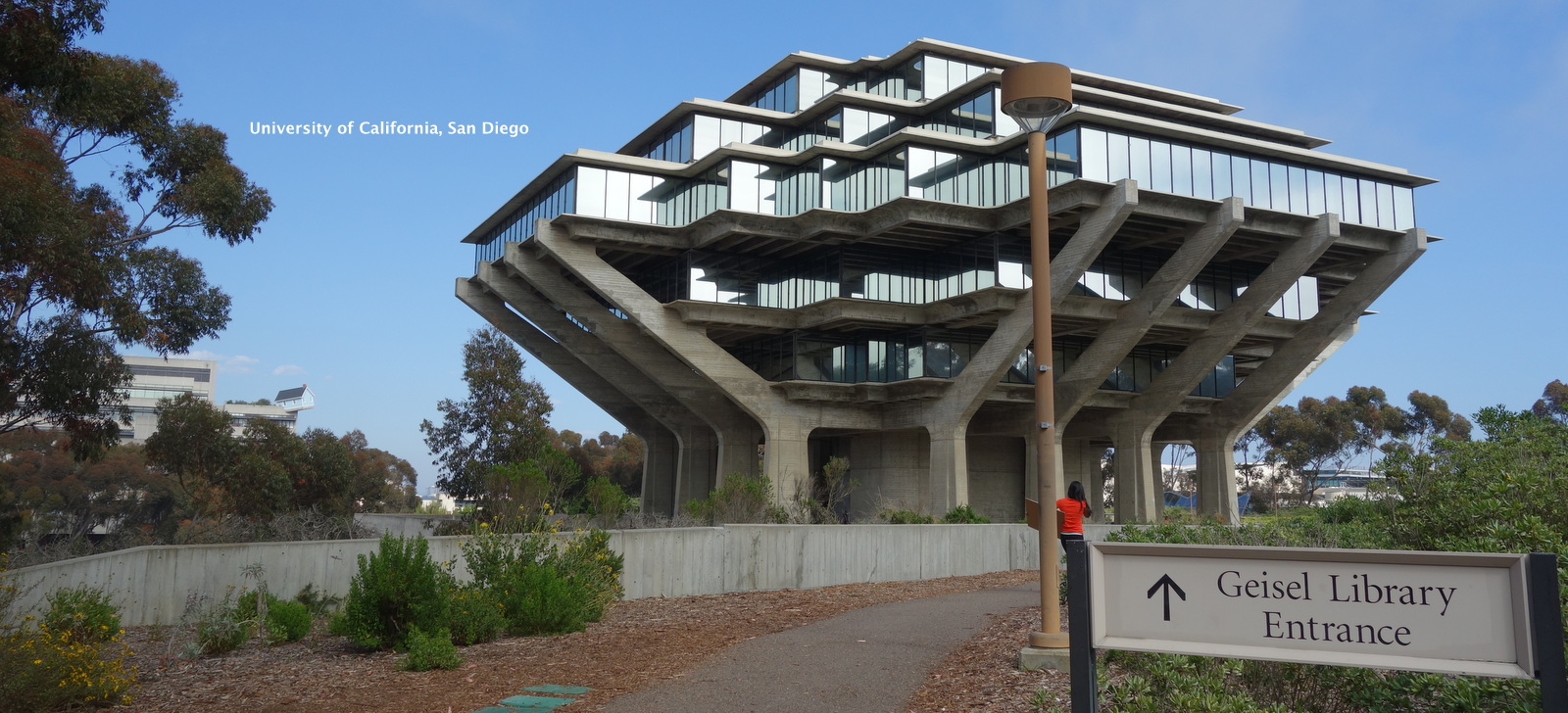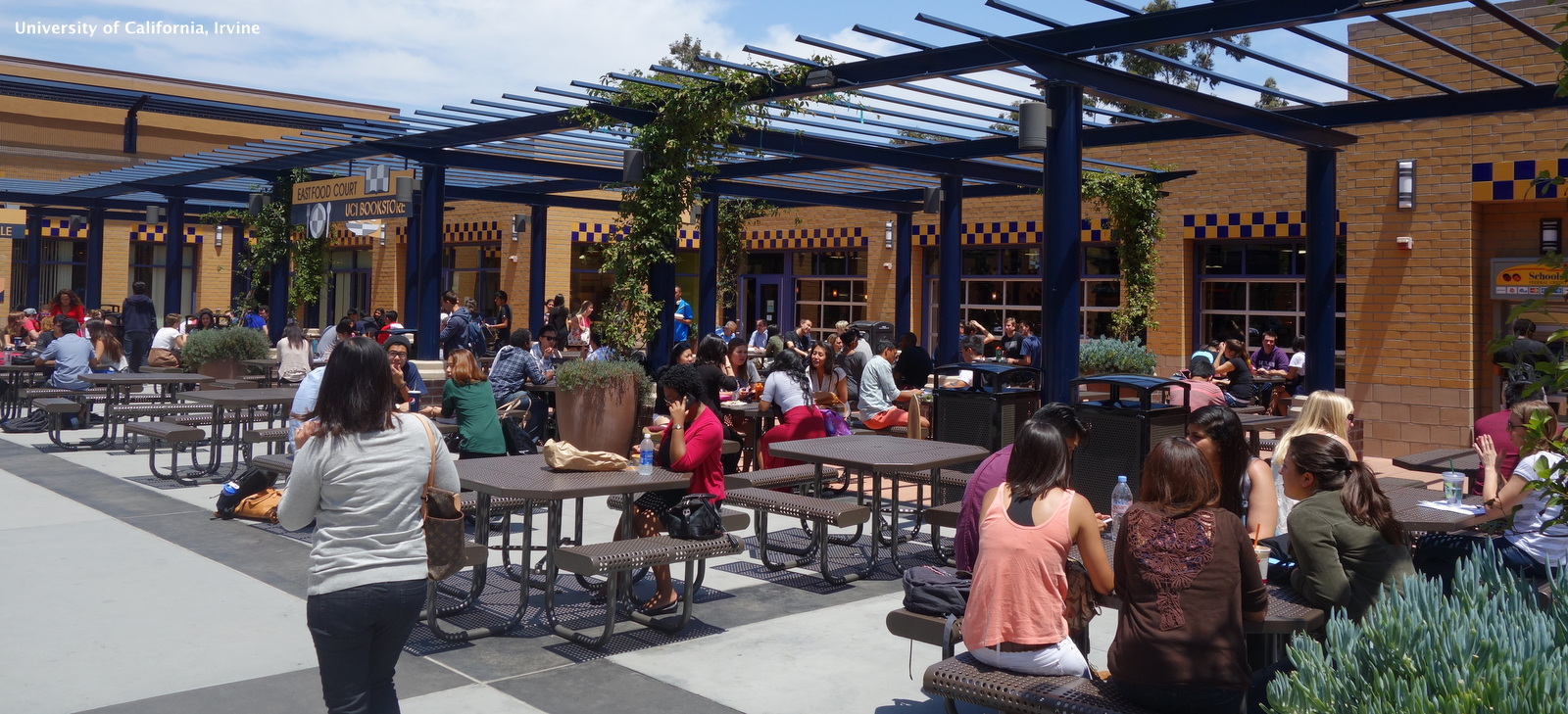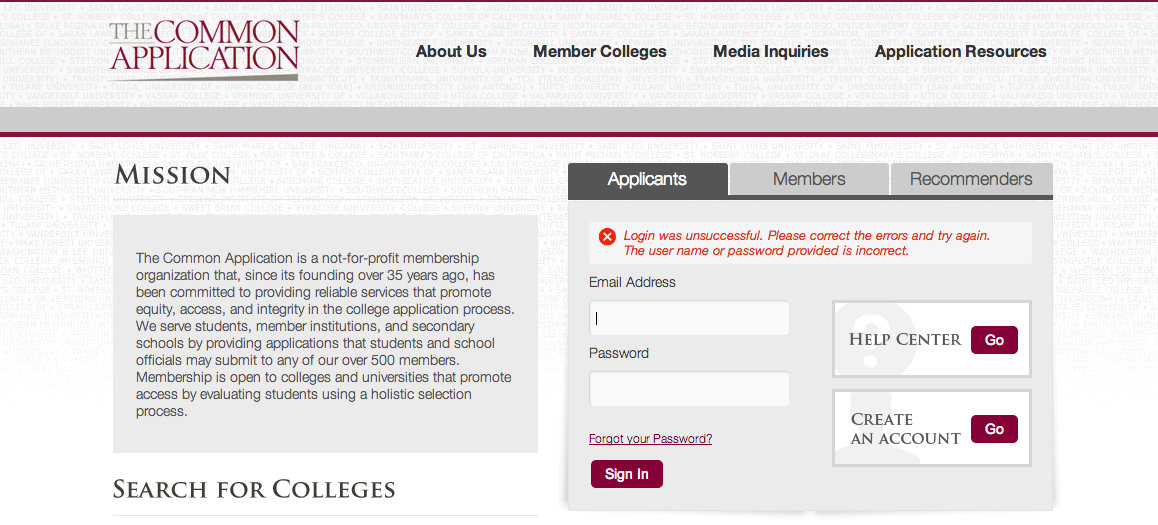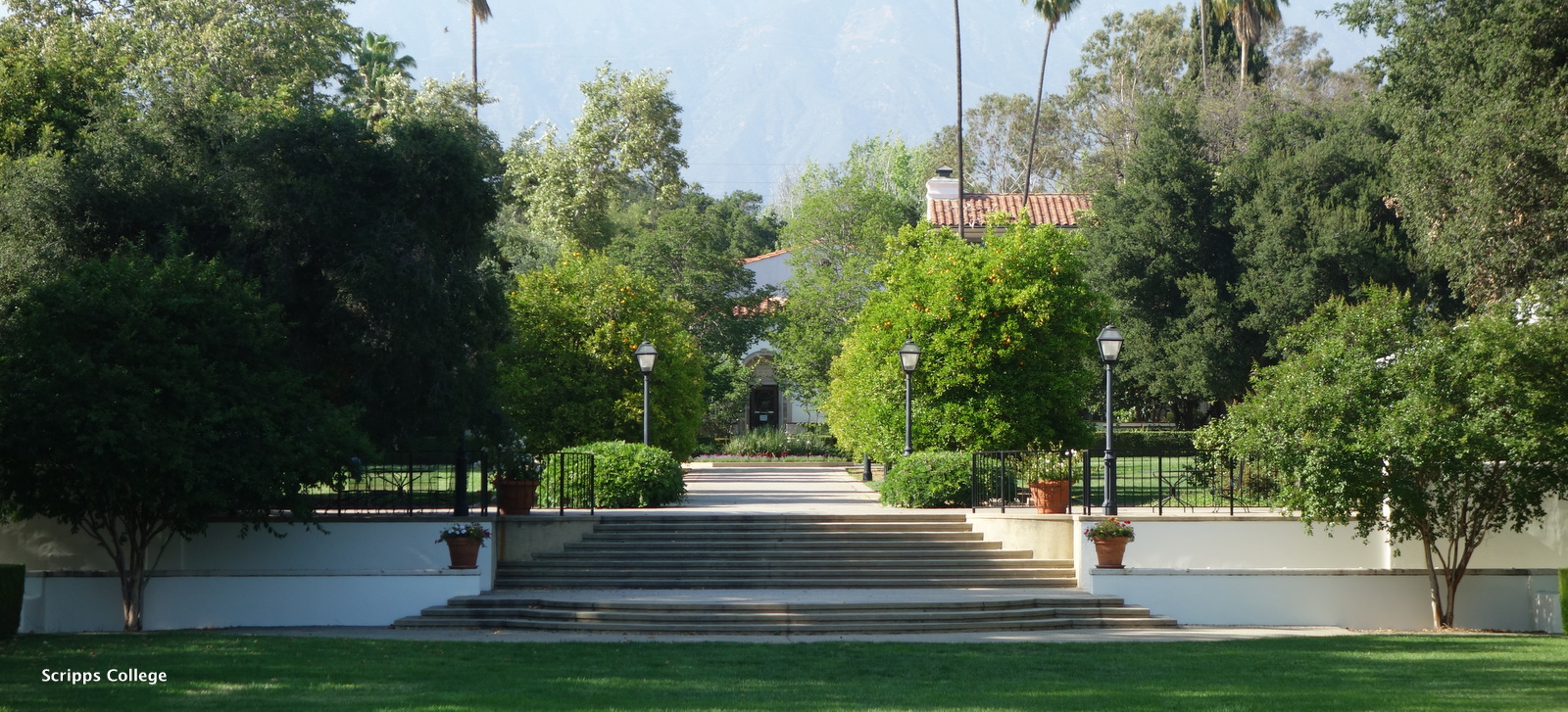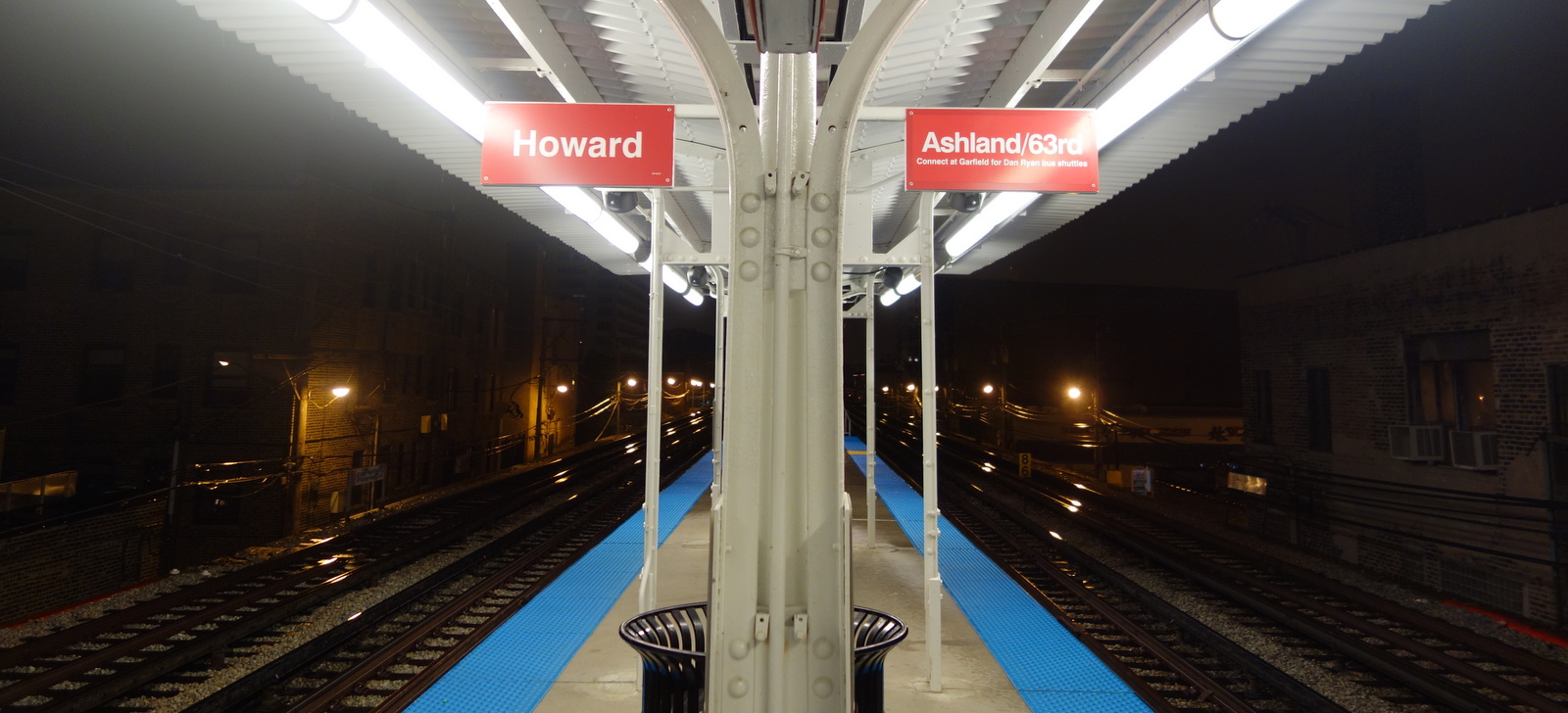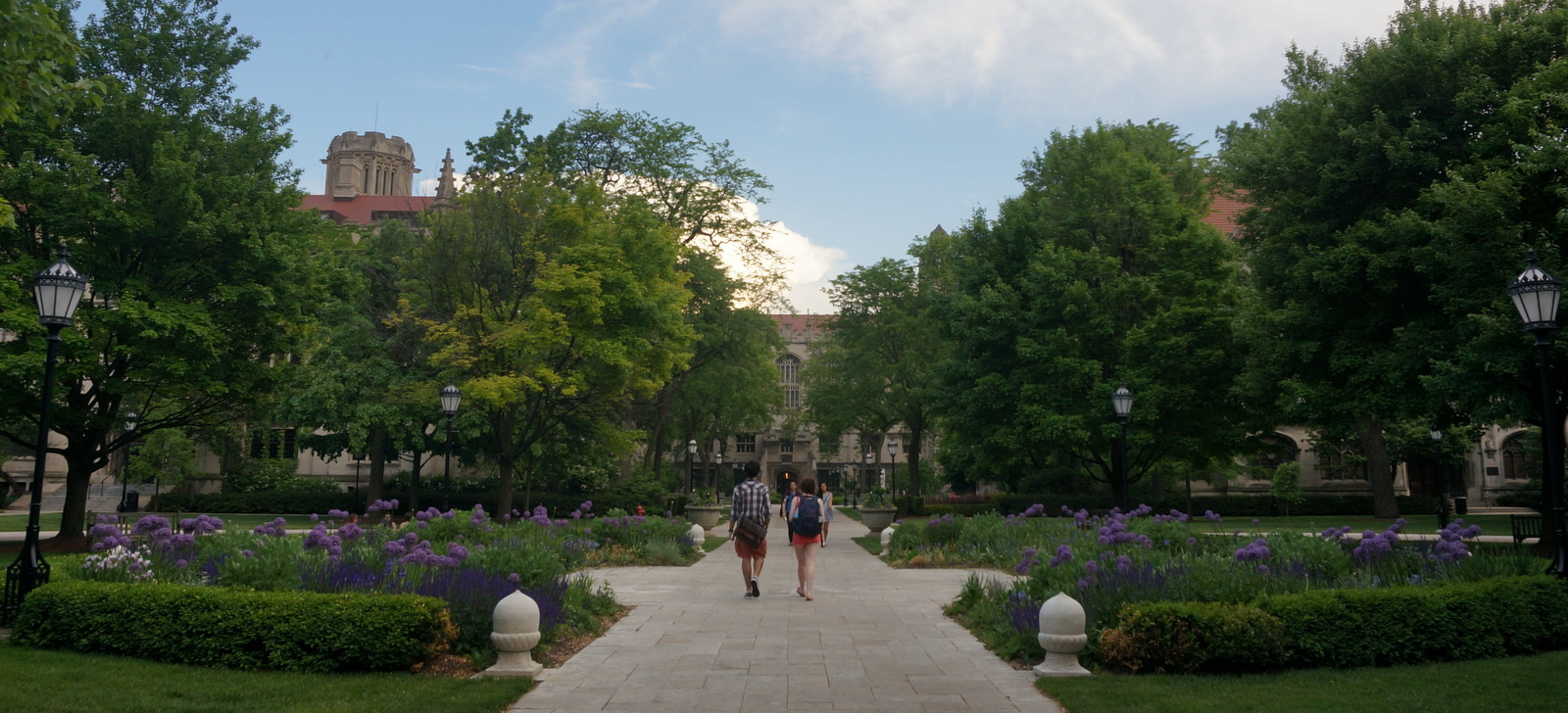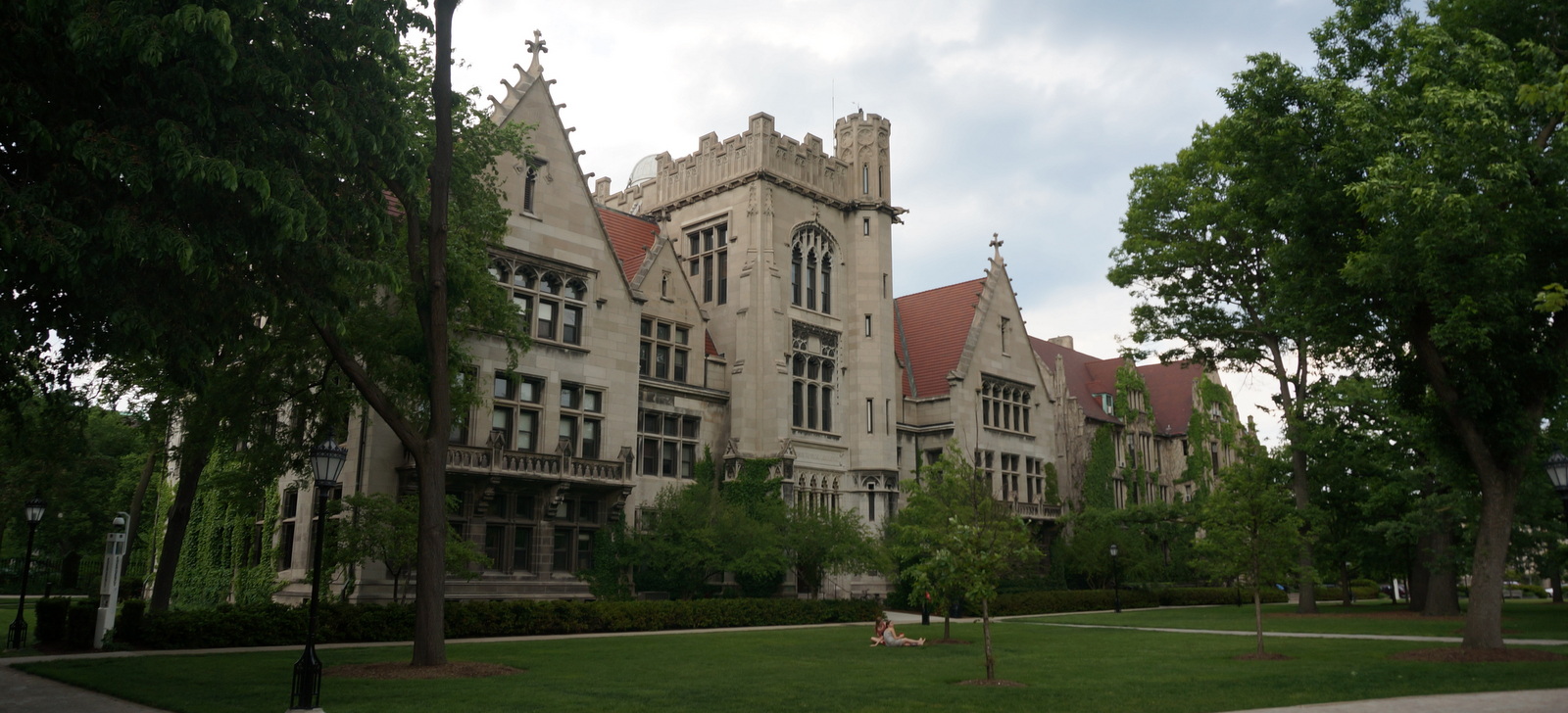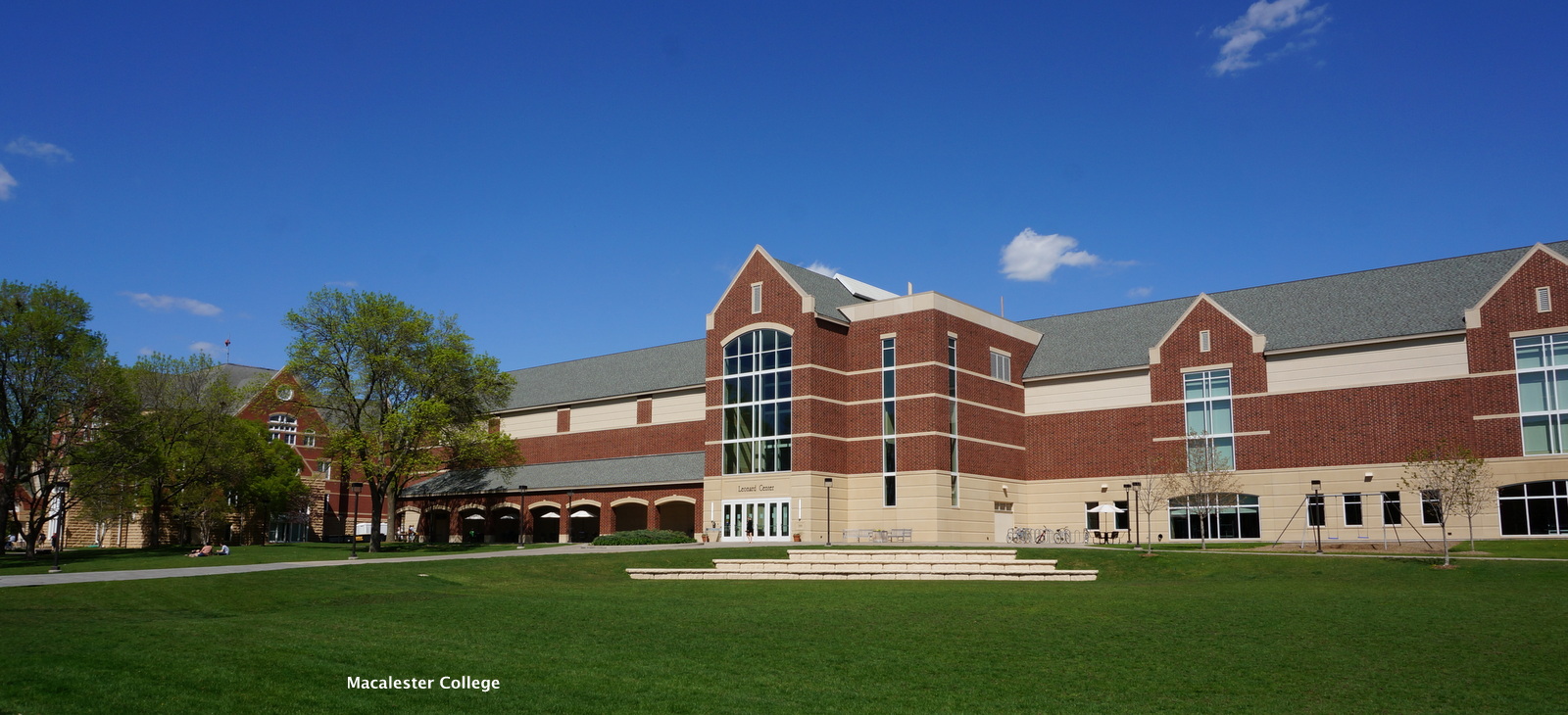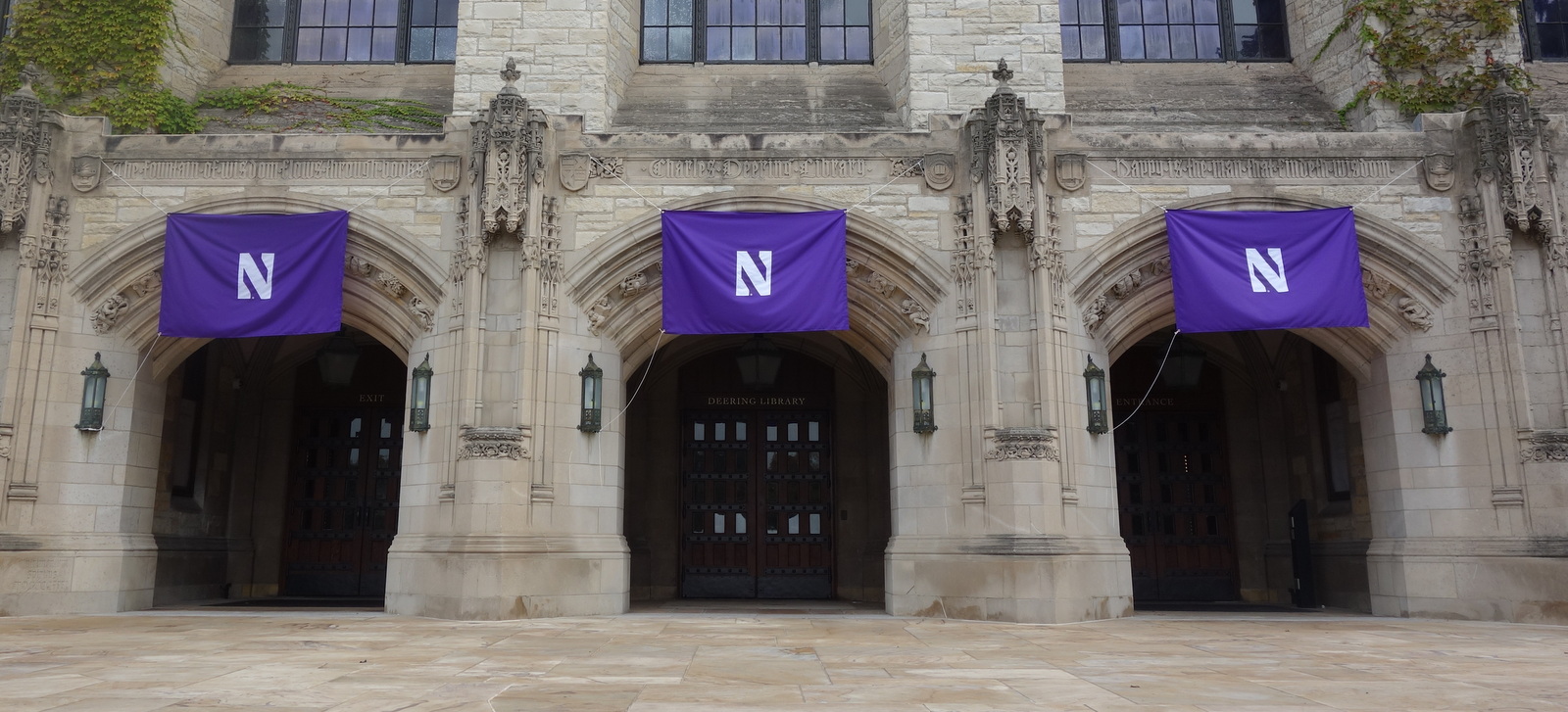College Affordability – Public vs. Private
A few weeks back I wrote a post about colleges that are truly affordable, highlighting the schools that are committed to meeting 100% of need for 100% of students each and every year. I had a couple acquaintances ask me how the cost of attendance at these schools would compare to that of attending a public school where a student would pay in-state tuition.
This is a complex question with a complex answer, but the short answer is this:
If a student comes from a low-income family, the private school will most likely be less expensive. If a student comes from a high-income family, the public school will most likely be less expensive.
In a future post I’ll break down how “need” and the EFC (estimated family contribution) are calculated, giving a better idea of just what constitutes a “low-income family” and a “high-income family.” But for now, in both public and private schools, there are winners and losers – schools that do better and worse in terms of making themselves affordable and keeping their graduates out of debt.
I recently created a new ranking of schools for my other website; the ranking assumes that a student is always paying in-state tuition for a public school, and is a 50/50 split between average debt at graduation and average cost of attendance after need-based aid. I’ll share the top 50 here (asterisks indicate private schools), but keep in mind that this is a ranking based on statistical averages, and definitely does not mean that a higher ranked school will be more affordable than a lower ranked school. Also keep in mind that the majority of universities and colleges in the US are not included. My ranking covers statistical data for 311 schools, including the flagship public school in every state and usually a secondary or more public schools with national reputations in each state.
And before the top 50, I need to highlight six incredible institutions that cover all tuition for attending students:
Berea College, Franklin Olin School of Engineering, Cooper Union, U.S. Air Force Academy, U. S. Military Academy, U.S. Naval Academy
- New College of Florida
- California State University, Long Beach
- University of North Carolina, Chapel Hill
- University of California, Merced
- San Jose St. University
- New Mexico Institute of Mining and Technology
- *Barnard College
- University of California, San Diego
- University of California, Santa Barbara
- University of California, Berkeley
- University of California, Davis
- *Brigham Young University
- University of Florida, Gainesville
- University of Washington, Seattle
- University of Virginia, Charlottesville
- University of California, Irvine
- *Harvard University
- Louisiana State University, Baton Rouge
- University of Utah, Salt Lake City
- University of California, Riverside
- Texas A&M University
- University of California, Los Angeles
- Arizona St. University
- Colorado St. University
- University of Buffalo (SUNY)
- Oklahoma St. University
- University of California, Santa Cruz
- University of Montana, Missoula
- University of Illinois, Chicago
- University of Wyoming, Laramie
- *Vassar College
- University of Georgia, Athens
- University of Louisville
- University of Nebraska, Lincoln
- *Swarthmore College
- North Carolina St. University
- *Pomona College
- Missouri University of Science and Technology
- California Polytechnic Institute, Pomona
- University of Nevada, Reno
- *Grinnell College
- *Princeton University
- *Vanderbilt University
- University of Tennessee, Knoxville
- San Diego St. University
- University of Hawaii, Manoa
- University of Missouri, Columbia
- *Earlham College
- *Williams College
- University of Mississippi, Oxford
(See the complete ranking here.)
There are two main points to highlight from this ranking. First, public schools do much better than private schools as a whole. Only 11 of the top 50 are private schools.
Second, however, is that for most states, there are private schools that are ranked higher than the main public schools in-state. I grew up in Wisconsin, with reciprocity to attend public schools in Minnesota, Iowa, Illinois, and Michigan at in-state costs. Of the main options in these states, only UIC made the top 50. For the flagship public schools in those states, 16 private schools ranked as more affordable than the University of Illinois, Urbana-Champaign; 23 private schools ranked as more affordable than the University of Wisconsin, Madison; 29 private schools ranked as more affordable than the University of Michigan, Ann Arbor; 37 private schools ranked as more affordable than the University of Iowa, Iowa City; and 64 private schools ranked as more affordable than the University of Minnesota, Twin Cities.
What should a prospective student take away from this? In short, keep an open mind. Again, if you’re from the lowest income brackets, top private schools will almost always be more affordable, and if you’re from the higher income brackets, public schools will almost always be more affordable. For everyone else, though, it’s difficult to tell until you receive your financial aid package along with your admission letter. With that in mind, alongside an acute awareness of things like average debt at graduation, college selection should highlight fit – how does a college meet your needs for vocational preparation, a social environment, and an intellectual environment? The simple public/private distinction isn’t enough to be a guideline, even for cost.
